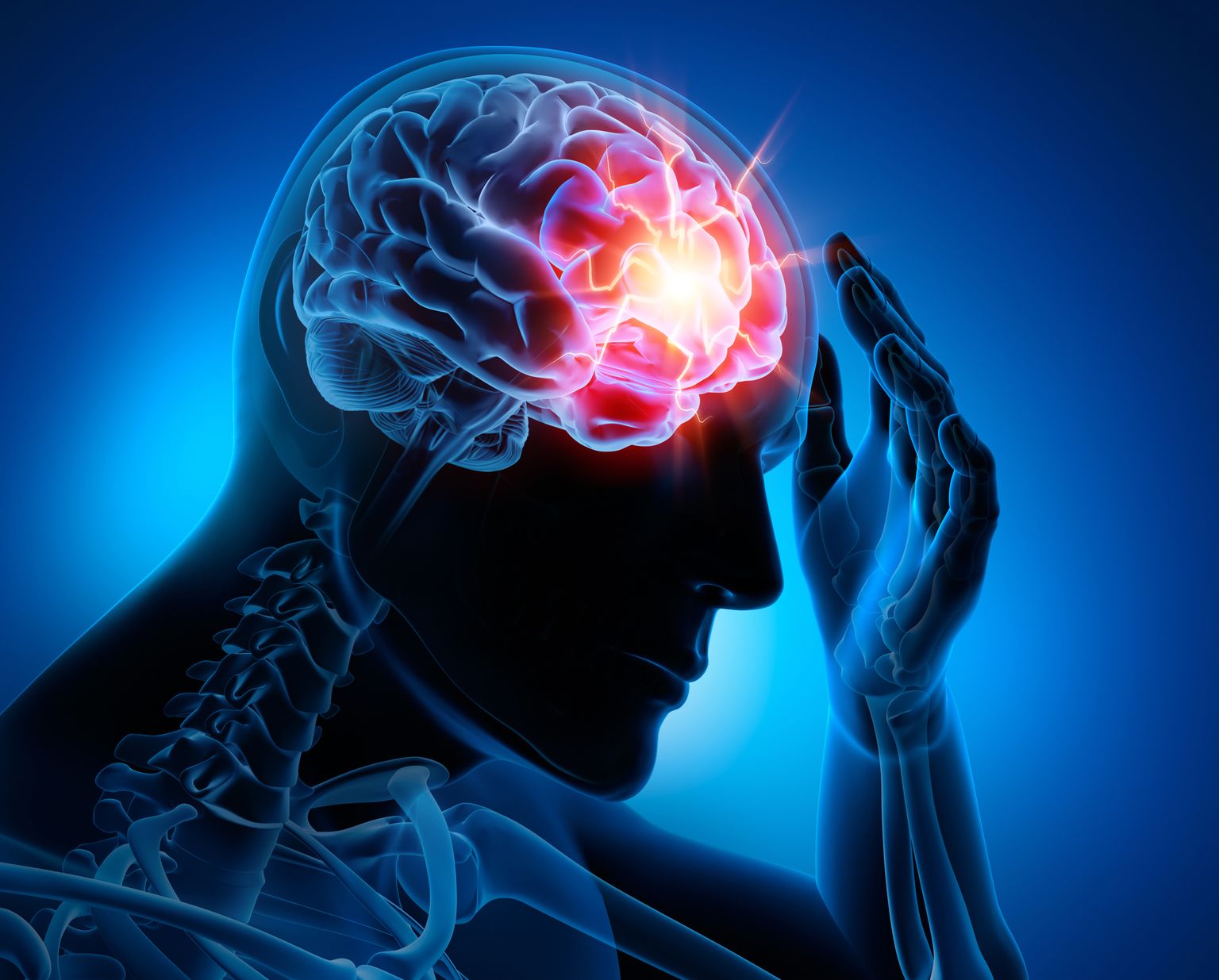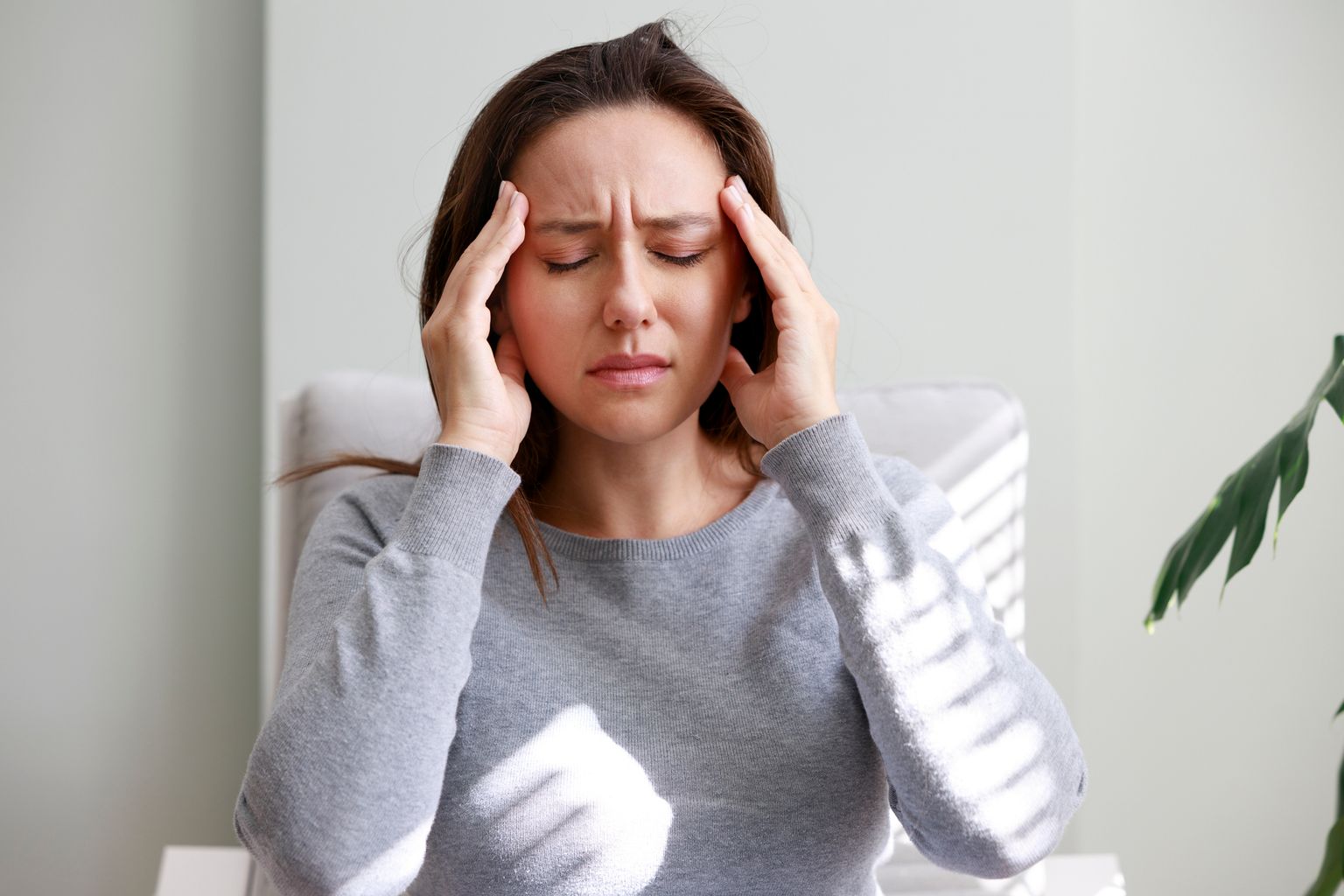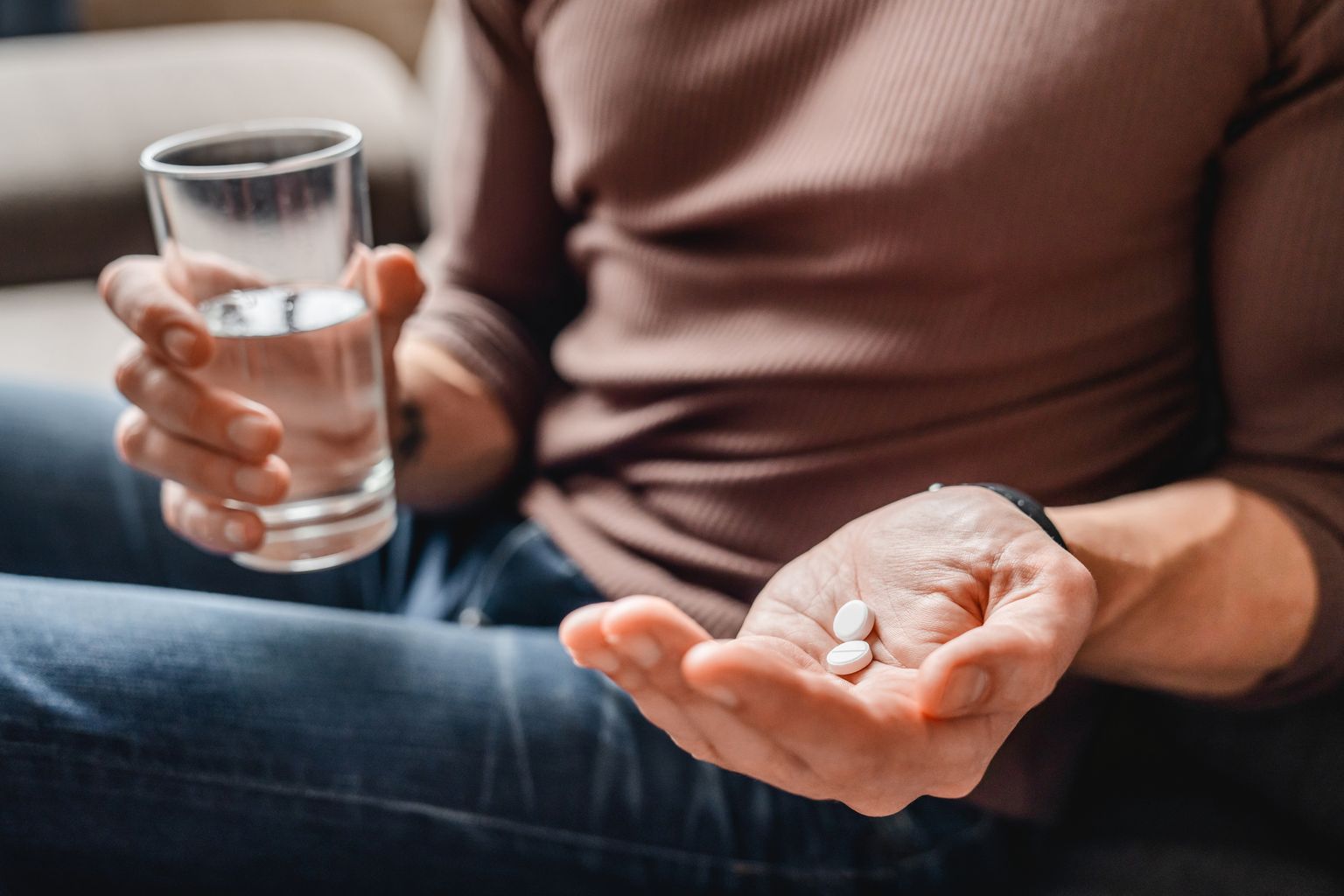According to the International Headache Society (IHS), headaches can be divided into the following headache types depending on the cause:
Primary headaches: The pain is the main symptom, there is no organic correlate or structural problem (e.g. insufficient blood supply to the brain).
Secondary headaches: These are also known as symptomatic headaches. They are based on a disease or a triggering circumstance (e.g. stroke) that must be treated as a priority.
Central and primary facial pain or other types of headache: Here the headache is triggered by nerve pain (neuralgia) and is felt in the areas supplied by the nerves.
Why some people suffer from primary headaches is not yet fully understood. It is possible that a genetic component plays an important role here. Known triggers for headache attacks are, for example: a change in the day-night rhythm, skipping meals, stress or being at high altitudes.
Primary headache disorders can be divided into
If the diagnostic criteria for one of the primary headache types are not met or if the headache is acute or new, it must be assumed to be a symptomatic (secondary) headache. In this case, an in-depth medical diagnosis is necessary. As a rule, the physical examination findings or the medical history interview will already point the way.
Tension headache
Tension headaches occur episodically or chronically. The frequency ranges from occasional to daily. The pain usually affects the entire head or the forehead area. The character of the pain is described by those affected as dull, pressing, pulling, squeezing or non-pulsating. The intensity of the pain ranges from mild to moderate. No other accompanying symptoms occur in the course of a tension headache. Tension headaches are often triggered by muscular tension, climate change, lack of sleep, emotional stress and alcohol.
Migraine
Migraines can be divided into the following types:
Migraine without aura
Migraine with aura
Chronic migraine
The aura symptoms (e.g. visual symptoms) usually precede the headache, but they can also occur during or after the headache. The duration of a migraine attack is often 4 to 72 hours, and attacks can occur occasionally or several times a month. Around 60% of migraines are localized on one side. The pain is pulsating, drilling or hammering. The intensity of the pain is usually described by sufferers as moderate to severe. Accompanying symptoms include hypersensitivity to sound (phonophobia), sensitivity to light (photophobia) and nausea or vomiting. Migraine attacks are often triggered by stress, hormonal fluctuations, certain foods and the climate. Another criterion for migraines is that attacks are often intensified by physical activity.






